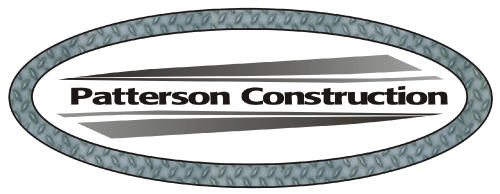What Causes Shingle Damage?
Constant exposure to elements makes the shingles susceptible to damage and prone to deterioration sooner than expected.
The roof is a vital component of a home’s structure, designed to withstand outside elements and provide years of protection. As the home’s roofing system is a significant investment, it is crucial to ensure its proper upkeep by a professional roofer.
Shingles are a great roofing choice for their affordability, ease of installation, and versatility. However, constant exposure to elements makes the shingles susceptible to damage and prone to deterioration sooner than expected.
Understanding the underlying causes of shingle damage can help keep the roof in good condition and identify when it needs a little TLC. Here are some common reasons for shingle damage:
Improper installation
Only reliable roofers from a professional roofing company should install a shingle roof. Attempting DIY roof installation or hiring an inexperienced roofer or a general handyperson for the project can cause the shingles to deteriorate prematurely due to poor or incorrect installation.
Severe weather
Harsh weather conditions like strong winds, hailstorms, heavy rains, thunderstorms, snow, and ice can damage the shingles over time or in a single event. Rain, snow, and ice can lead to leaks and ice dam formation. Excessive moisture build-up can lead to mold, mildew, rot, decay, and insulation damage. Strong winds can lift, curl or rip off the shingles, while hail can break shingles or dislodge the protective granules. All this makes the roof vulnerable to sunlight, water damage, and structural deterioration.
Excessive heat
Constant exposure to high heat and UV rays is among the leading causes of shingle damage. Excessive heat can cause the shingles to break down or turn them dry, brittle, and more prone to deterioration. Also, the daily expansion and contraction due to temperature change can take a toll on the roof over time. The best way to combat the issue of extreme sunlight is by opting for light-colored shingles, as they absorb less heat.
Poor attic ventilation
Improper attic ventilation can accelerate shingle deterioration and significantly reduce their service life. When the heat fails to escape, it builds up inside the attic and raises its temperature. High heat and moisture in the attic due to insufficient attic and roof ventilation can cause the shingles to curl, crack, rot, warp, decay, buckle, and lead to mold and mildew growth.
Overgrown trees
Low-hanging tree branches can rub against the shingles, causing punctures and scraping the granules. Heavy branches can fall on the roof during a storm and cause extensive damage to the shingles. Leaves, twigs, and other debris often accumulate on the roof and clog the gutters and downspouts, leading to water backup that can seep into the shingles and cause rot. Flying debris falling on the roof during a storm can also damage the shingles. To prevent this, keep the landscape well-maintained and trim the trees regularly.
Moss and algae
Mold, moss, and algae growth on the shingles causes cosmetic and functional issues. Organic growth on the roof traps moisture, leaving the shingles more susceptible to rot. High acidic levels due to lichen growth can significantly damage the shingles.
Safeguard the roof
Damaged shingles can lead to leaks and other severe issues that can compromise the roof’s structural integrity if left unattended for a long time. Regular roof inspections by a roofer are essential to help identify shingle damage on time and ensure timely repairs. It will also preserve the roof’s structural integrity and help it last longer.
Patterson Construction Company installs and repairs residential roofs of all kinds, skylights, roof ventilation, fascia, and underlayment on Phoenix-area homes. Call 602-825-3638 for a free quote today!

